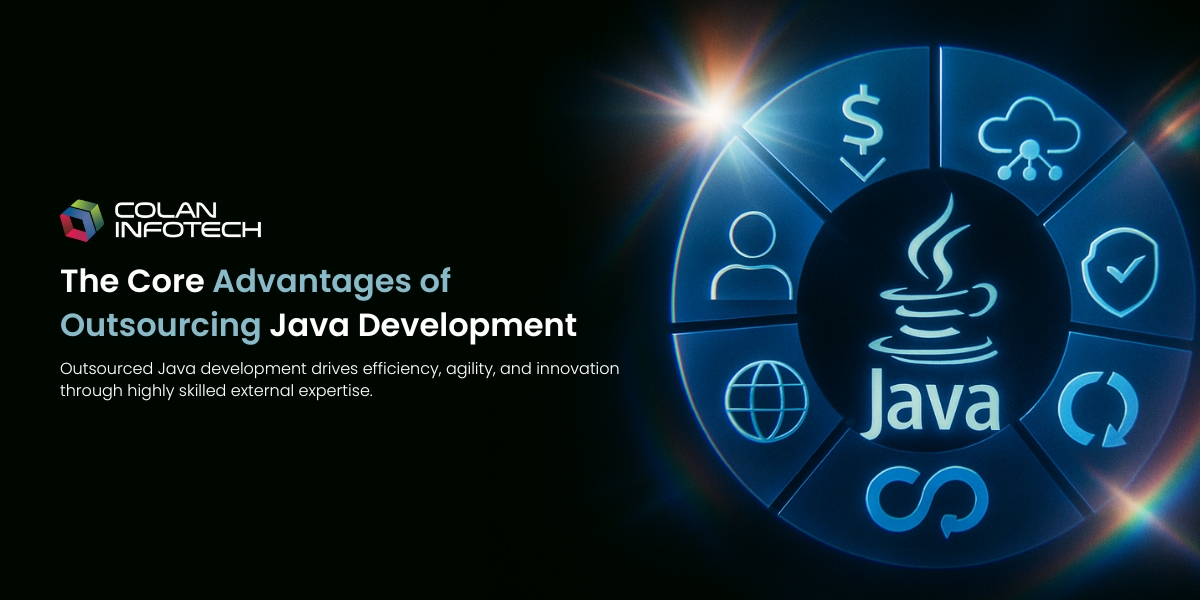WHAT ARE THE TYPES AND BENEFITS OF VIRTUALIZATION

4 min read | By Admin | 06 January 2017 | Technology
A virtual version of creating something such as a server, storage device, network resources or operating system is generally termed as Virtualization. The goal of Virtualization is to improve the scalability and workloads by centralizing administrative tasks. It adds a layer of isolation between the underlying hardware and software.
In the current dynamic business environment, with the emergence of technologies such as Virtualization, Ambient Augmented Reality Cloud Computing, Internet of Things etc Virtualization helps companies operate with great efficiency at low cost.
Over the past few years, Virtualization has evolved tremendously. During initial days of Virtualization, there was no proper management, security, high availability or networking features. So with these drawbacks, there was limited use of Virtualization. But the current version of Virtualization has evolved to include all those capabilities, and allow administrators to support and manage all types and sizes of workloads. Virtualization helps administrators to avoid wasting expensive processing power.
Few areas of IT where Virtualization is making headway are:
Network Virtualization
It is the management of all computer networks from a single software-based administrative console. Many of the complex administrative tasks are disguised as the entire process is automated. Without consideration of physical components, hardware all network servers or services are referenced and used as one pool of resource.
It is especially useful where the network will be experiencing a large, rapid and unpredictable increase in usage. The traditional way of connecting via hardware is overcome here. With Network Virtualization organizations can simplify their workload and resources to meet their growing computing need. It is categorized as External Network Virtualization and Internal Network Virtualization.
Storage Virtualization
It is generally used in storage area networks. It is combining multiple network storage devices into a single storage device which is managed from a single console.
Server Virtualization
It is the partitioning of a physical server into multiple virtual servers to maximize server resources. Here server resources are masked from the server users. One physical server is divided into multiple isolated virtual environments by a software application that is used by the server administrator.
A common use of Server Virtualization is in web servers. Benefits of Server Virtualization include each virtual server running its own operating system and each virtual server can be rebooted independently of each other. As hardware usage is less it reduces the cost as well.
Popular approaches to Server Virtualization are the Virtual Machine Model, the Paravirtual Machine Model and the Virtualization at the Operating System layer.
Data Virtualization
It is the process of data management that helps in retrieving and manipulating the data without having to know the technical details of the data such as where it is located, how it is formatted etc. It performs many functions, transformations similar to traditional data integration but with modern technology, it delivers at lower cost and more speed.
Desktop Virtualization
Rather than vitalizing a server, it virtualizes workstation load. This allows the user to access the desktop remotely. Access to the workstation can be more secure and portable as a workstation is running in a data center server.
As virtualized desktop is stored on the remote, centralized server and not on the physical machine being virtualized, desktop virtualization is often termed as a client-server computing model.
Application Virtualization
It separates the application layer from underneath operating system. By this way, applications can run in an encapsulated form without having to depend on the operating system. This can allow Linux application to run on Windows and vice versa.
Some of the top companies that provide Virtualization are: VMware, Microsoft, Citrix, Red Hat, Oracle, Amazon, Google, Huawei etc
Benefits of Virtualization
- Increased security.
- Longer hardware refresh cycles.
- Allows moves to the cloud.
- Efficient IT infrastructure.
- More efficient software installations and hardware deployment.
- Less energy consumption and maintenance cost.
- Immediate access to files and applications.
- Quick and easiest way of backup and disaster recovery.
- Less operating costs.
- Ability to use thin clients (thin client is a lightweight computer that is purpose built for remote access to a server. All computations are done on the remote server).
- Less time spent on providing support to desk side.
FREQUENTLY ASKED QUESTIONS
Virtualization is a technology that creates virtual versions of computing resources, such as servers, storage, and networks, allowing multiple virtual instances to run on a single physical system.
Virtualization works by using software called a hypervisor to manage and allocate the physical resources to virtual machines, isolating them from each other and the underlying hardware.
There are several types of virtualization, including server virtualization, desktop virtualization, storage virtualization, and network virtualization.
Virtualization helps optimize resource utilization, increases flexibility, simplifies management, enhances disaster recovery, and reduces hardware and energy costs.
Virtualization allows for easy creation, cloning, and scaling of virtual instances, enabling efficient use of hardware resources and quick deployment of new services.
The latest from our editors
Join over 150,000+ subscribers who get our best digital insights, strategies and tips delivered straight to their inbox.



Comments are closed.